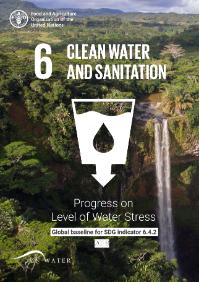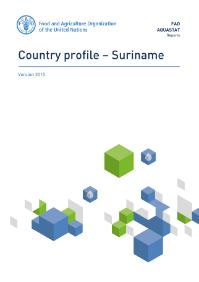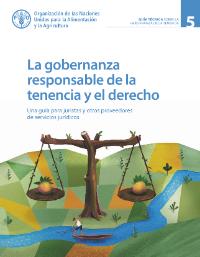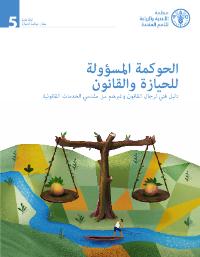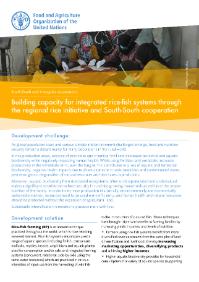Impacts of Future Crop Tree Release Treatments on Forest Carbon as REDD+ Mitigation Benefits
Sustainable forest management activities, such as future crop tree (FCT) release treatments, became part of the REDD+ strategy to avoid carbon emissions from forests. FCT release treatments are intended to achieve increased growth of FCTs by removing competitor trees. This initially leads to a reduction of the forest carbon pool and represents a carbon debt. We estimated that the time it takes for FCTs to offset the carbon debt through increased growth on experimental sites of 10 km² in Belize, Guyana, Suriname, and Trinidad and Tobago.



